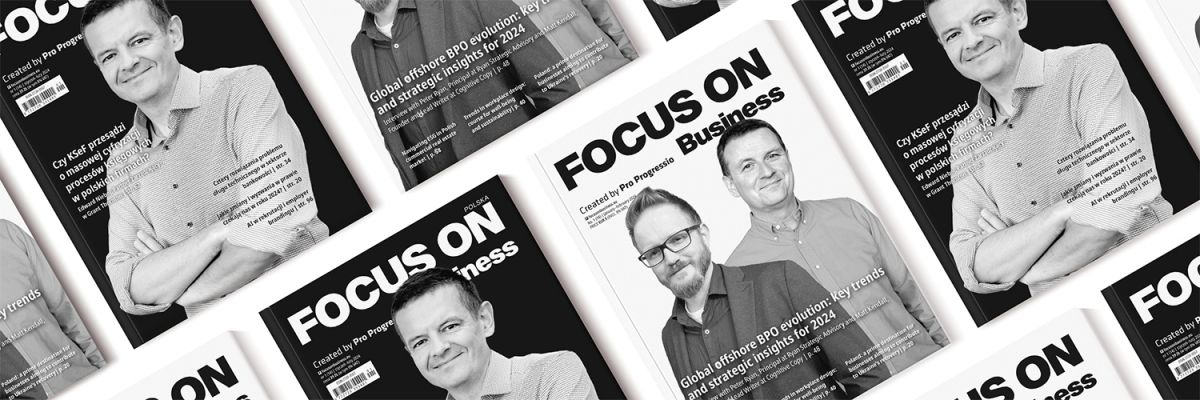Safe ways to reduce CIT taxation

On 1 May 2021, the group of entities subject to corporate income tax expanded. The number of entities subject to the "regime" was increased by limited partnerships and some other partnerships.
In the case of some companies, it is possible to reduce the tax burden by implementing the tax instruments provided for in the CIT Act. The most recognisable ones are a special investment fund, tax relief for research and development activities and IP Box.
SPECIAL INVESTMENT FUND
Despite positive announcements of the "Estonian CIT" by the Ministry of Finance, its final format does not look promising. Several inaccuracies, such as hidden profits taxation, effectively discourage adopting this form of tax optimisation. Many companies have decided to wait for the tax authorities' interpretation to understand the Estonian CIT's intricacies better.
However, not all solutions proposed from 2021 have turned out to be unfavourable. An attractive solution is a special investment fund that allows to classify the transferred funds as tax costs. Unfortunately, this solution is intended only for spółki z o.o. [limited liability companies] and spółki akcyjne [joint stock companies]. It consists in transferring funds from the previous year's profit to a bank account separated within the supplementary capital. Such transfer allows the monies to be recognised as tax-deductible costs. The condition for the deduction is the transfer of funds for the purchase or production of a fixed asset included in group 3–8 of the Classification of Fixed Assets. It is a broad group of fixed assets that allows the investment fund to be used for machinery, computers or vehicles. However, it will not be possible to spend these funds on cars used by a shareholder or partner in the company.
Also, a company wishing to apply this form of cost credit must meet the conditions for the Estonian CIT. In particular, its revenue should not exceed PLN 100 million; most of it should originate from sources other than receivables, interest and copyrights, and the company must employ three people and not draw up financial statements per the IAS principles.
The legislator has also regulated the spending of the accumulated funds. The collected monies should be spent in the year following the year of the write-off at the latest. However, this deadline can be extended by two more years if we inform the tax authorities about it.
The indicated solution brings about a double benefit. Namely, it allows deducting a large investment in fixed assets at a time, avoiding long-term depreciation, and reduces the tax basis in the deduction year.
R&D CREDIT
Another form of tax reduction is research and development credit. Unlike the special investment fund, all CIT payers can use this solution. The essential condition for applying this tax relief is research or development activity.
R&D activities, according to tax authorities, mean creative activities involving scientific research or development, undertaken on a systematic basis to increase knowledge resources and use the same to develop new applications.
Research activity is an activity that includes basic research or applied research. Basic research is understood as empirical or theoretical work to gain new knowledge about the foundations of phenomena and observable facts without focus on any direct commercial application. In turn, applied research is work to acquire new knowledge and skills, develop new products, processes or services or introduce significant improvements to them.
On the other hand, if we are considering development works, these are activities involving the acquisition, combination, shaping and use of currently available knowledge and skills, but excluding activities involving routine and periodic changes introduced to them, even if such changes are of improvement nature.
When reading the presented definitions, it may seem that the relief applies only to large entities from the technology or pharmaceutical industry. Nothing could be more wrong. Following the rich base of individual interpretations, it should be stated that there are no restrictions as to the business profile.
The R&D tax credit allows for "double" recognition of expenses incurred on research and development activities as tax-deductible costs. Thus, increasing the tax-deductible costs will reduce the company's tax liability without incurring them twice.
IP BOX
Another form of tax reduction is applying a preferential 5% tax rate on income from an eligible right. As in the case of the R&D tax relief, there are no restrictions on the manner of conducting business.
A qualified right is a patent, a utility model protection right, an industrial design registration right or an integrated circuit topography right. A qualified right is also a protection right for a patent for a medicinal product or a plant protection product, a registration right for a medicinal or veterinary product if it has marketing authorisation, and a copyright to a computer program.
However, in order to take advantage of the reduced rate, gaining profit from a qualified intellectual property right is not enough. For this purpose, records must be kept, considering the revenues and costs related to the given right. Also, it should be noted that the income eligible to the 5% rate must be multiplied by the Nexus coefficient, only the product of the income and the coefficient is the basis for applying the 5% CIT rate.
The Nexus coefficient is calculated according to the formula laid down in the Act. It concerns the costs incurred by the company for research and development activities. The Act provides for four cost options. The first one is direct costs; they regard expenses related to the research and development activity carried out within the scope of a specific eligible right. The second is the cost of acquiring research and development results in the field of eligible right. The final two concern the acquisition of results and the acquisition of the eligible right itself from affiliated entities.
It is a highly advantageous form of taxation, allowing for savings in CIT and the reduction of tax liabilities under the eligible right held. By comparison, the standard rate without applying the "tax credit" is 9% or 19%.
THREATS
A frequent problem in the implementation of tax instruments, i.e. the research and development relief and IP Box, is the lack of an objective approach to whether the conducted activity fulfils the conditions of research and development activity.
The most effective solution to this problem is to apply for an individual interpretation. That will allow for confirmation whether the conducted activity meets the requirements and will ensure the protection of the right to use the tax relief in the event of a possible inspection. Also, it is worthwhile for the records required by law to be verified by experienced specialists.
SUMMARY
The presented relief allows for significant tax savings and are an interesting alternative to the Estonian CIT, which in its current shape is not a favourable solution. Bearing in mind that currently, all forms of tax optimisation are effectively obstructed by the tax authorities, taxpayers should focus on using safe solutions offered by the legislator.
Authors:
Dorota Chudzik, tax advisor | general manager, in Law firm "Chudzik i Wspólnicy Radcowie Prawni" sp.p.
Konrad Matuszewski, legal and tax consultant, in Law firm "Chudzik i Wspólnicy Radcowie Prawni" sp.p.

Outsourcing&More







